UK PMI Services was finalized at 59.6 in July, down from June’s 62.4. PMI Composite dropped to 59.2, down from 62.2. Markit said there was weakest rise in business activity since March, but strongest input cost inflation in 25 years of data collection. Staff shortages constrained business capacity and recruitment.
Tim Moore, Economics Director at IHS Markit: “UK economy has slowed… More businesses are experiencing growth constraints from supply shortages of labour and materials, while on the demand side we’ve already seen the peak phase of pent up consumer spending… Any re-acceleration of growth in August looks unlikely.. as new orders increased at a much-reduced pace at the start of the third quarter… business expectations softened again.




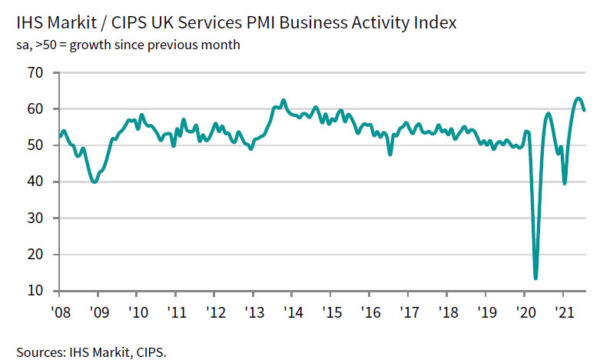
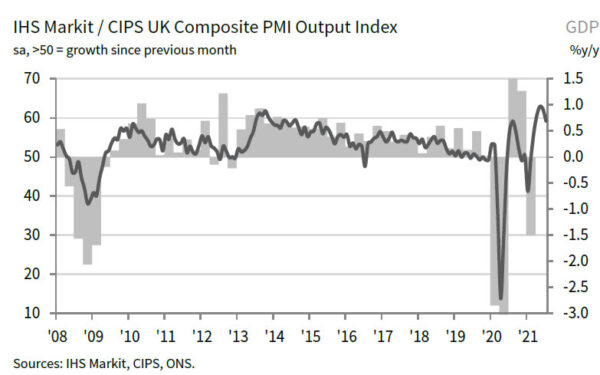
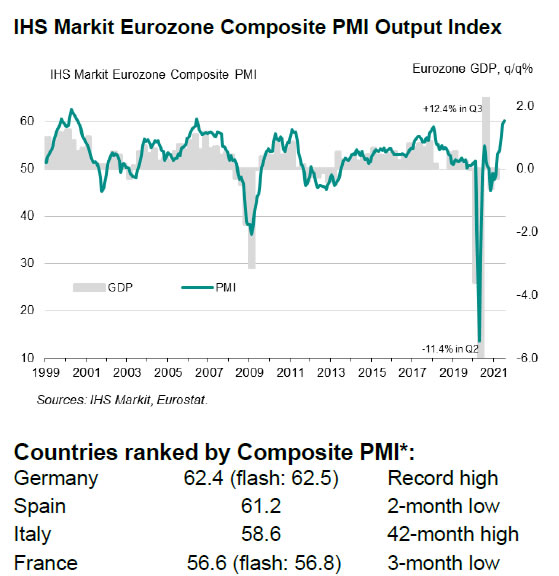
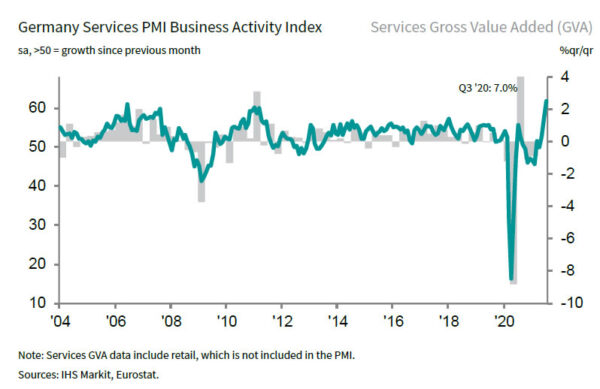
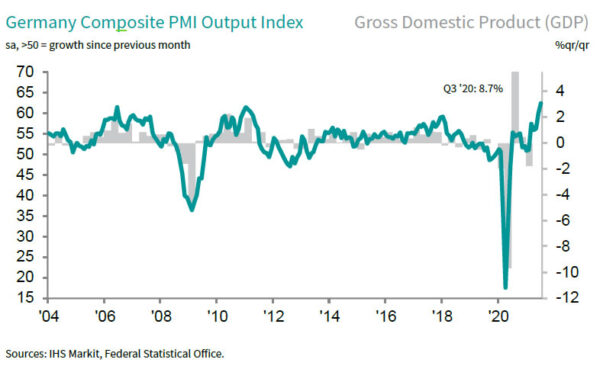
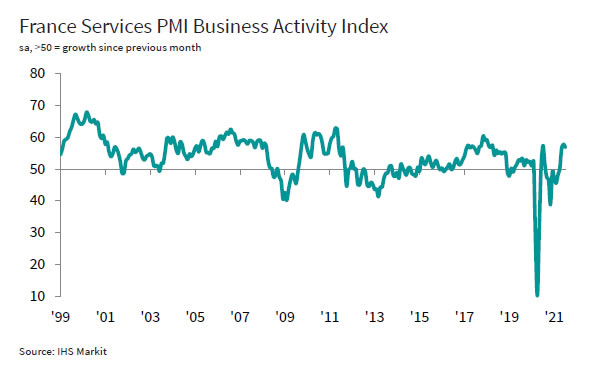
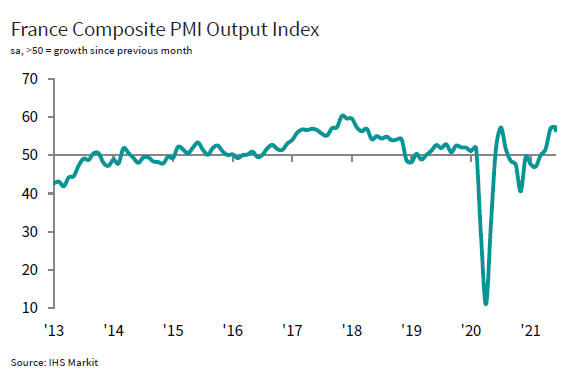
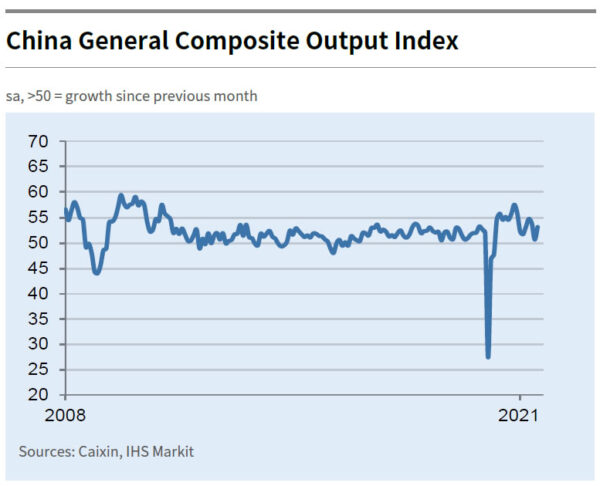
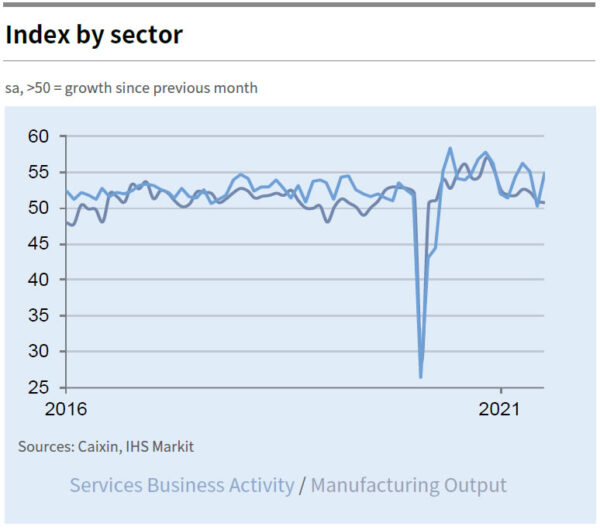
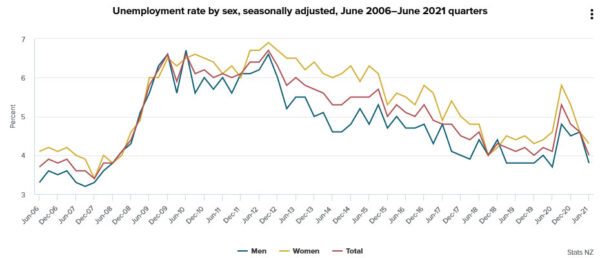
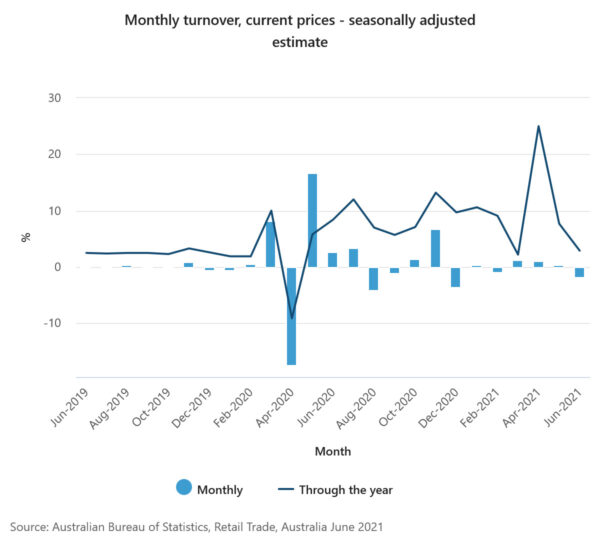
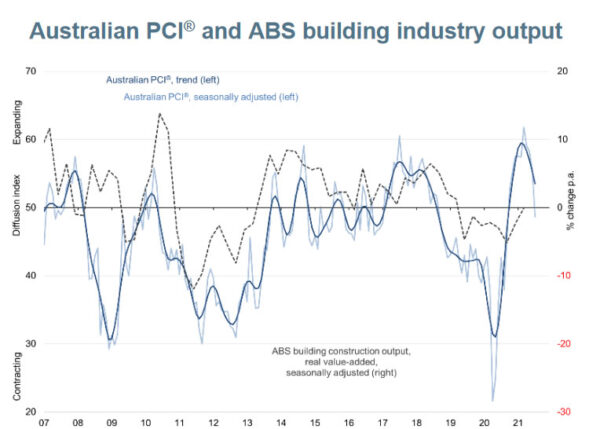
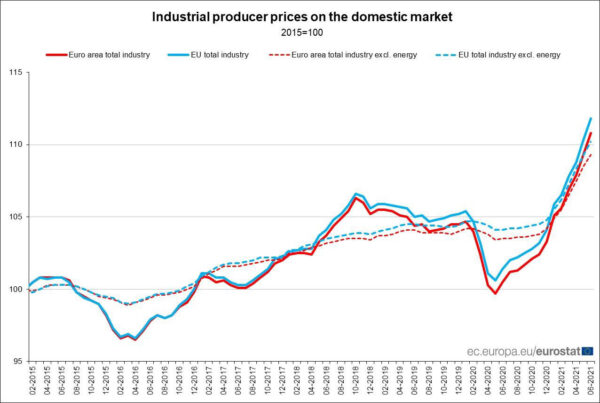
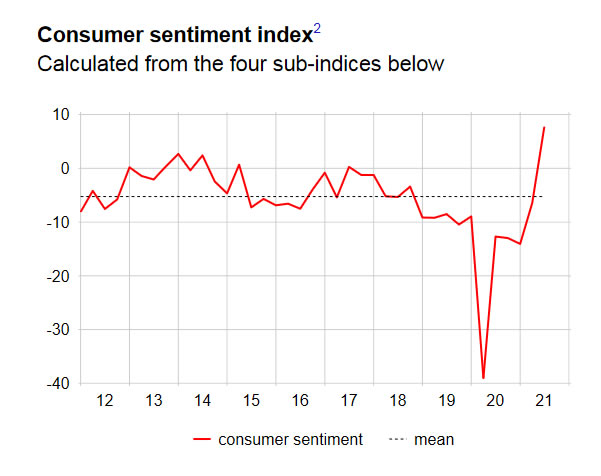
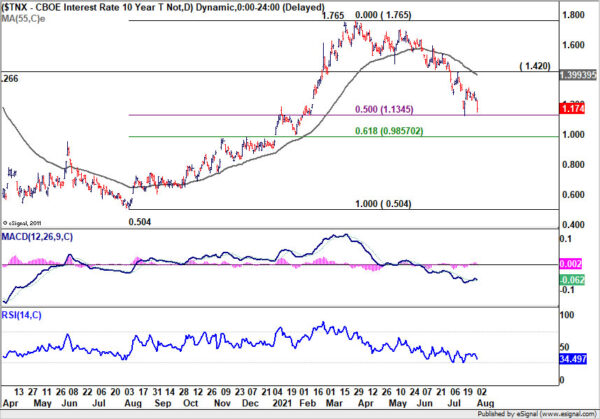
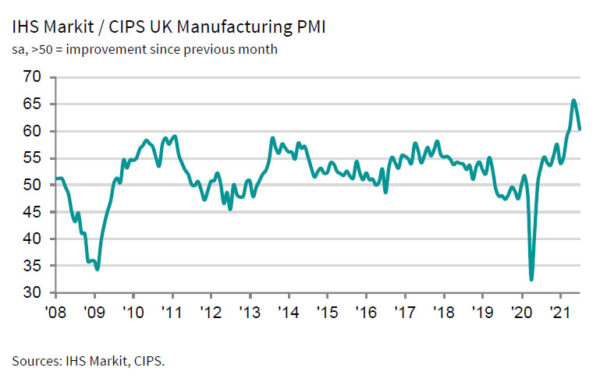

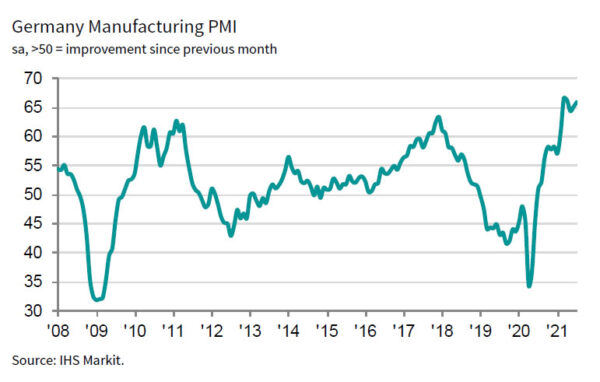

Eurozone retail sales rose 1.5% mom in Jun, EU up 1.2% mom
Eurozone retail sales rose 1.5% mom in June, below expectation of 1.9% mom. The volume of retail trade increased by 3.8% for automotive fuels and by 3.4% for non-food products, while it decreased by 1.5% for food, drinks and tobacco.
EU retail sales rose 1.2% mom. Among Member States for which data are available, the highest monthly increases in total retail trade were registered in Ireland (+9.4%), Germany and Latvia (both +4.2%) and Lithuania (+2.0). The largest decreases were observed in Malta (-3.0%), Austria (-2.7%) and Croatia (-2.6%).
Full release here.